While conducting research with current public transportation passengers, the team observed that people on a routine trip typically seek out less interaction and rely more on personal knowledge, while passengers headed to a new destination tend to proactively seek out help and confirmation of their choices.
These findings correlated to academic research on trust of artificial-intelligence and new technology adoption. Papers the team read and experts interviewed highlighted that when familiarity is built with a system, people are able to understand the perceived value and their trust will go up.
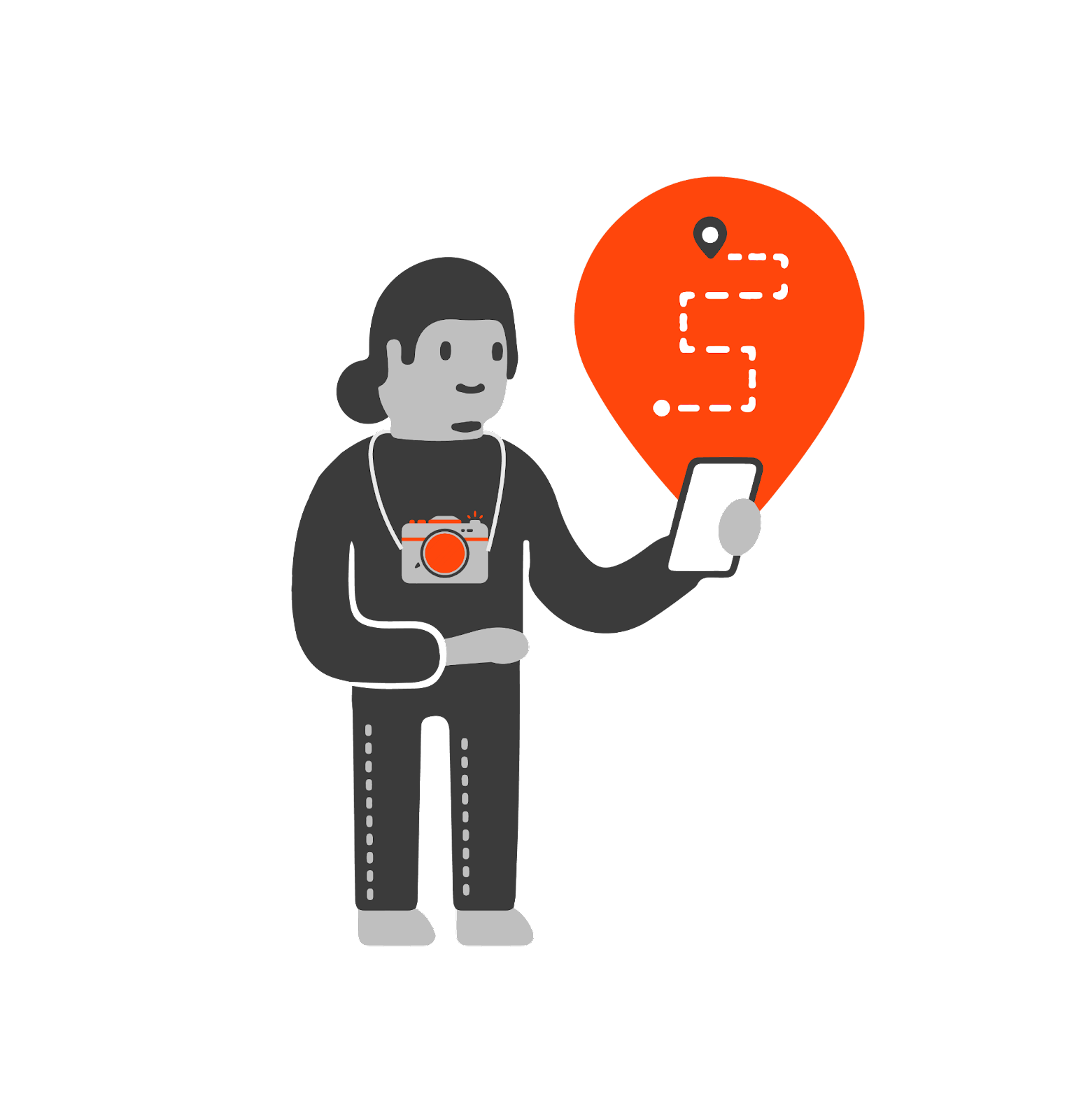
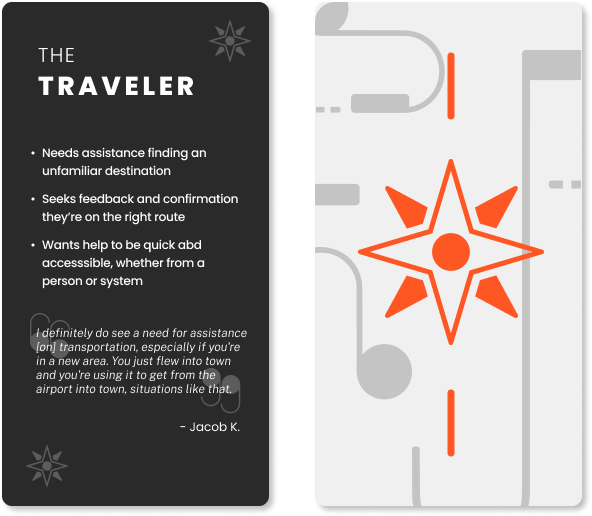

“My route is so simple so I don’t have many questions to ask. But I noticed some other passengers, especially a lot of tourists, they get on the wrong side of the street.”
- Participant | Semi-Structured Interview
Both new and routine passengers require discreet, non-distracting ways of receiving and asking for information, the former for safety and the latter for ease. While this relates to passenger familiarity, the team saw this trend represented more broadly across research activities. Explore more about discretion here.
“I like the [haptic] buzz because it would even let you take a nap on the bus or rest your eyes or stare out the window, read a book, engage in some work, when the buzz vibrates you know it’s your time ” - Peter | Conceptual Prototype Speed Dating
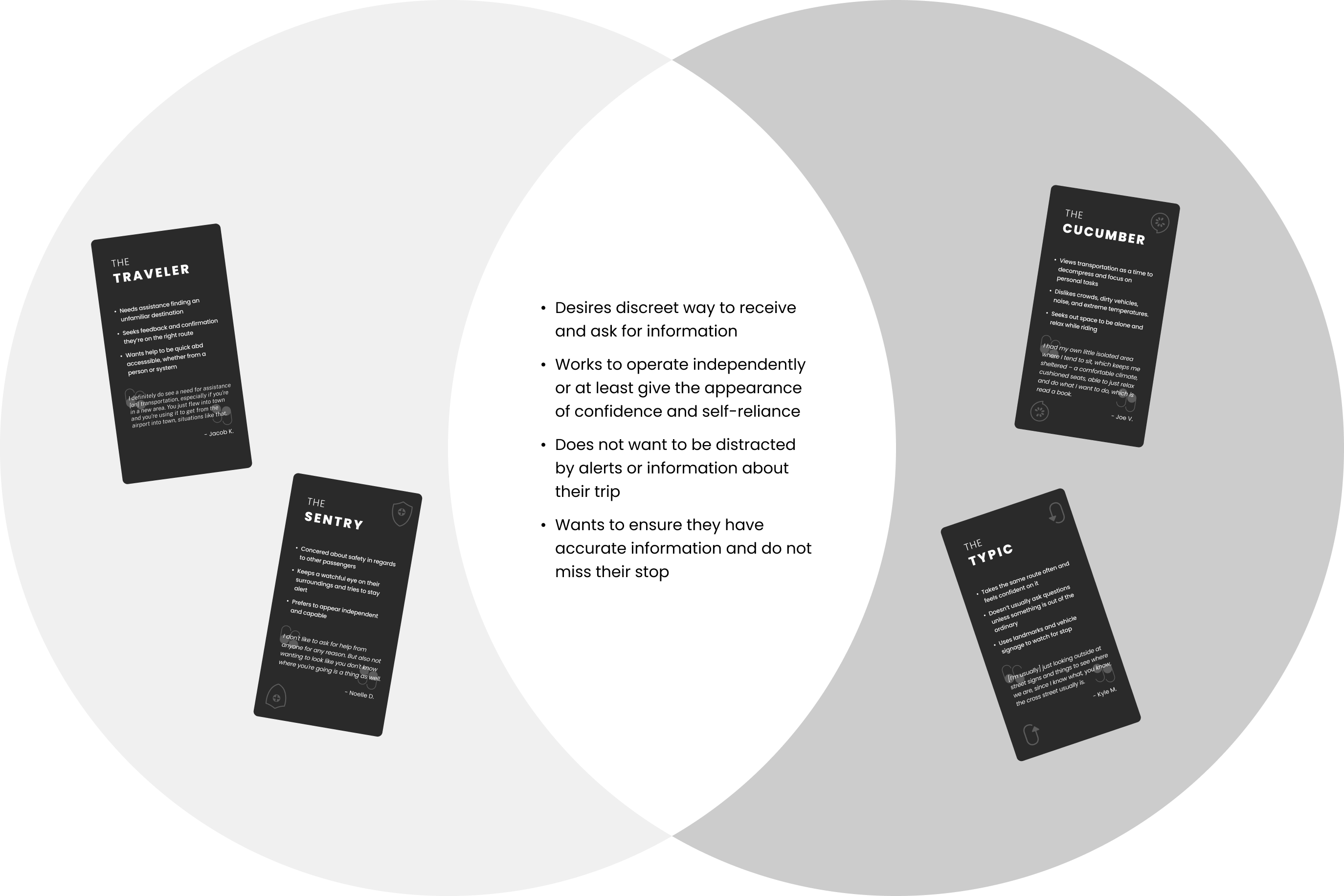
People movers should provide assistance catered to a person’s familiarity with their vehicle and route.
While the frequency of and level of detail in this assistance should vary, designs should aim for high levels of discreteness and low levels of intrusiveness.
This solution, however, must balance this discretion with utility; it should not be so unobtrusive as not to be useful.
Based on passenger data, body language, and emotional analytics, AI in vehicles could predict when to provide more explicit support, or when to be more in the background to empower familiar users and allow them to focus on other tasks.
Since new passengers are less familiar with autonomous vehicle technology and patterns, the system should provide opportunities for passengers to build an understanding of the system.
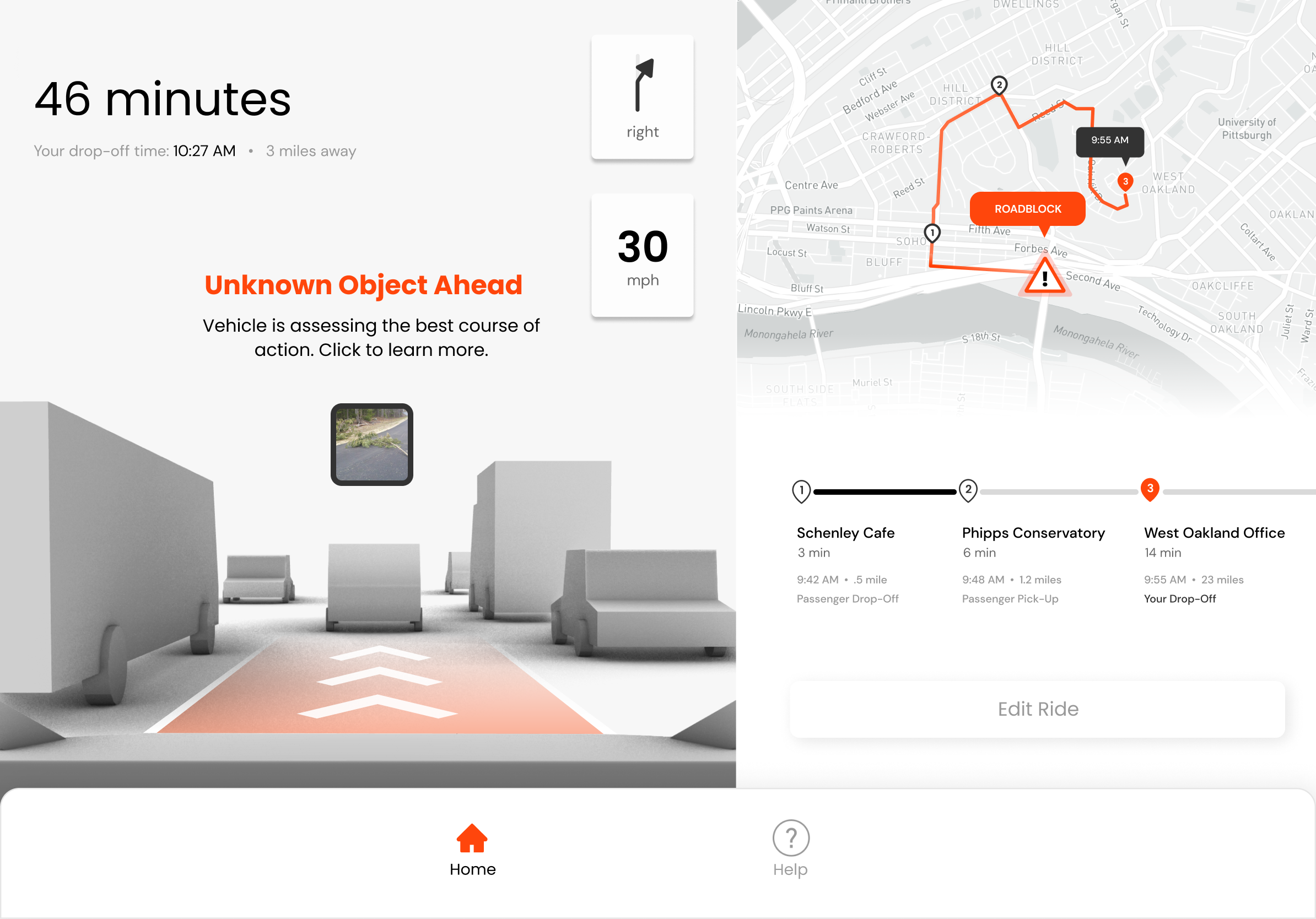
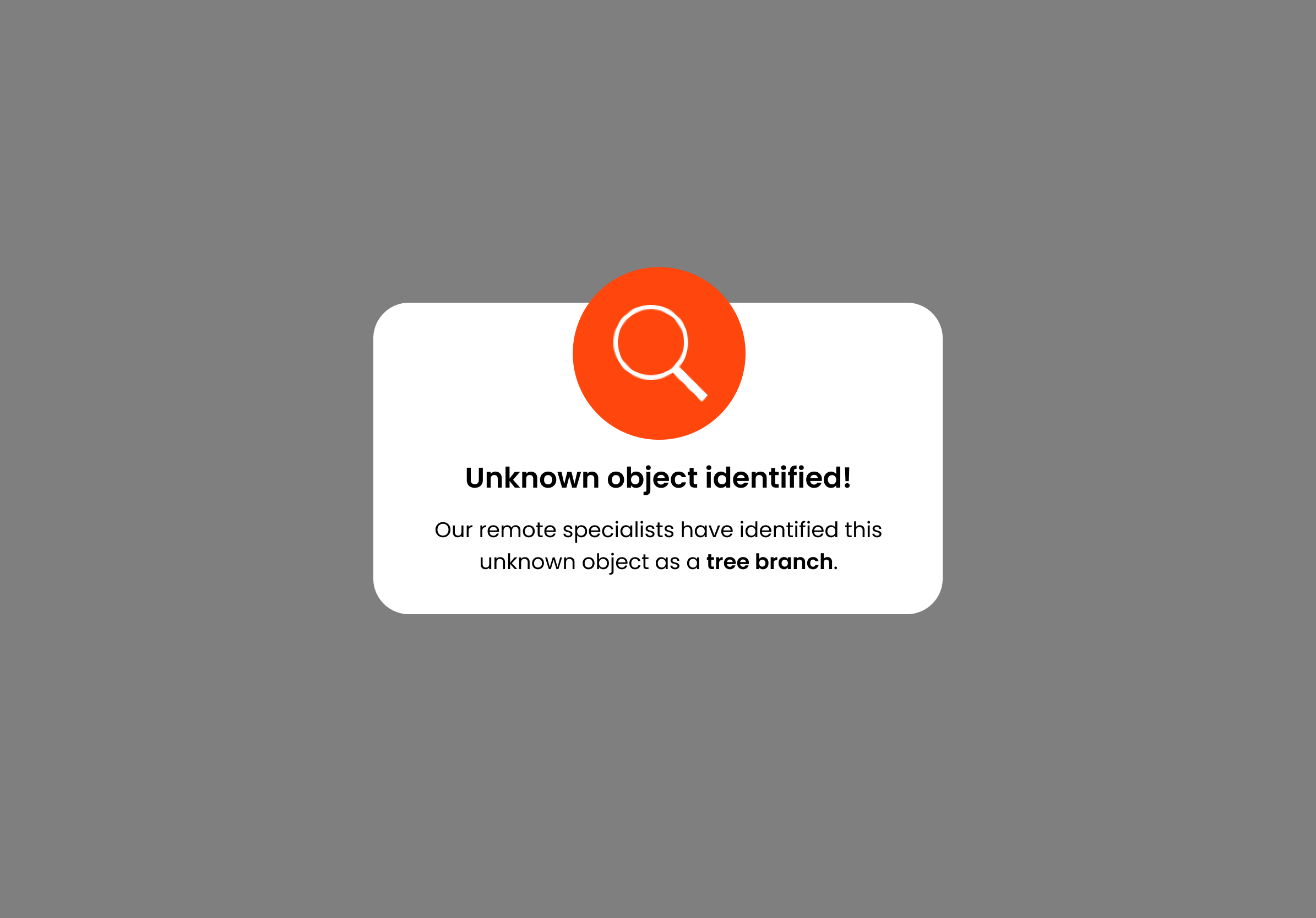
“This is kind of cool because I guess you know what exactly is going on ahead of you.”
- Passenger | In-vehicle prototype test